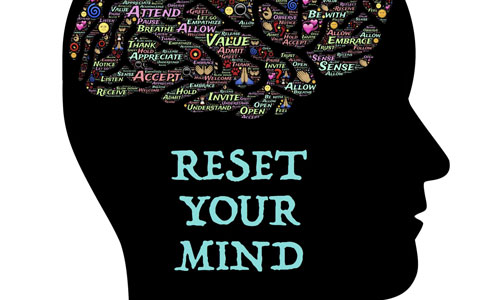Mind-FULL or Mindful?
We live in a world with ever increasing demands on our attentions and pressure to communicate so that we stay connected constantly. Always switched on, always connected.
“Great” some say, “this way I can be more productive and always know what’s going on around me” however what happens when, in Ruby Wax’s words, you start “feeling frazzled and overwhelmed”?
When do you allow just some ‘you time’; some downtime when you can be calm, just think and declutter your mind? Do you leave it until the weekend or your holidays only to feel so exhausted or even ill that you don’t appreciate the downtime?
This is when mindfulness practice is a great thing to do. It is the art of stilling the mind so you can appreciate the here and now. In Ruby Wax’s book ‘A Mindfulness Guide for the Frazzled’ she defines mindfulness as – ‘a way of exercising your ability to pay attention, when you can bring focus to something and get the critical thoughts to quieten down’.
Personally, I use mindfulness to bring calm into my life and declutter unhelpful thoughts. It can help bring perspective back into our life.
In the practice of NLP (Neuro Linguistic Programming) there is a presupposition that everyone has their own map of the world and we perceive life through that map. By adopting mindfulness practice, we can identify our own maps, gain perspective and appreciate other people’s points of view. This can have an impact on our behaviour at work, and personally it can help us be more tolerant, appreciate life and feel in control.
There are loads of techniques in mindfulness such as meditation, practicing deep breathing, reframing, anchoring and just plain and simple ‘timeout’.
Here is a one-minute mindfulness technique for you to practice (with thanks to Alfred James at Pocketmindfulness.com).
One Minute Breathing
This exercise can be done anywhere at any time, standing up or sitting down. All you have to do is focus on your breath for just one minute.
Start by breathing in and out slowly, holding your breath for a count of six once you have inhaled. Then breath out slowly, letting the breath flow out back into the atmosphere.
Naturally your mind will try to wander with thoughts, but simply notice these thoughts, let them be for what they are and return to watching your breath.
Literally watch your breath with your senses as it enters your body and fills you with life, and then watch it work its way up and out of your body as the energy dissipates into the universe.
If you would like to talk to us about running mindfulness in your workplace or want to know more about the power of NLP give us a call and we can help you.

